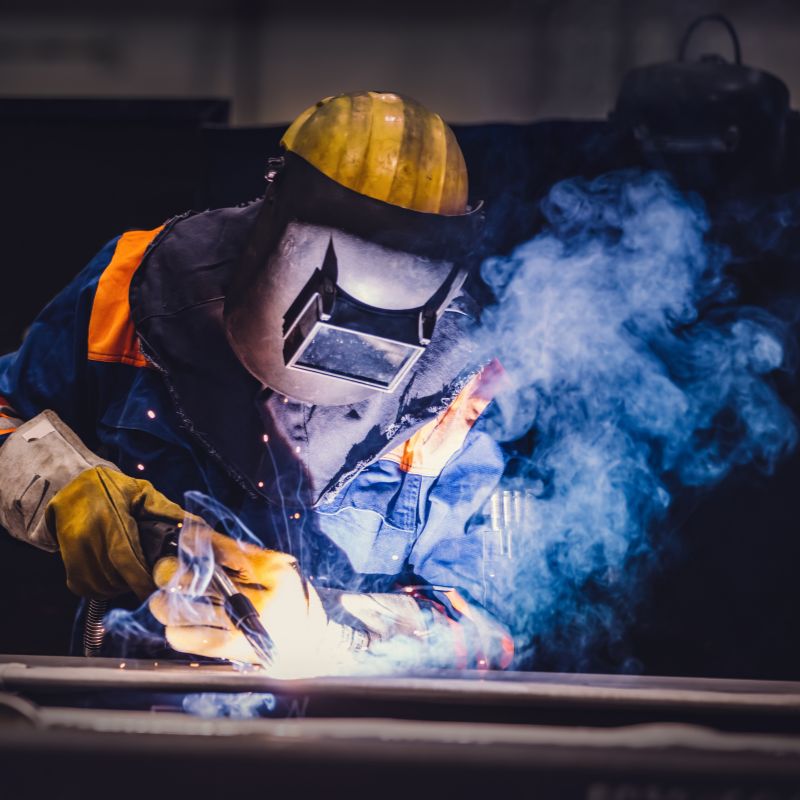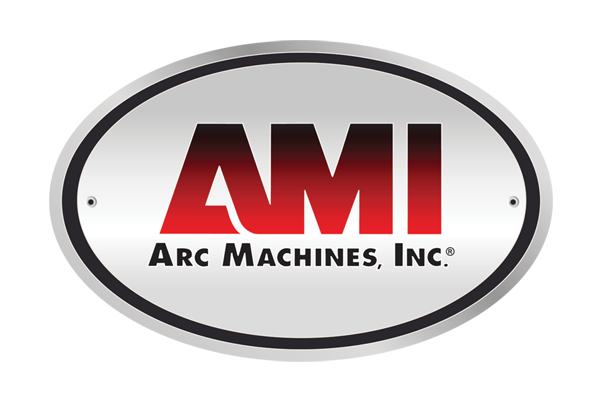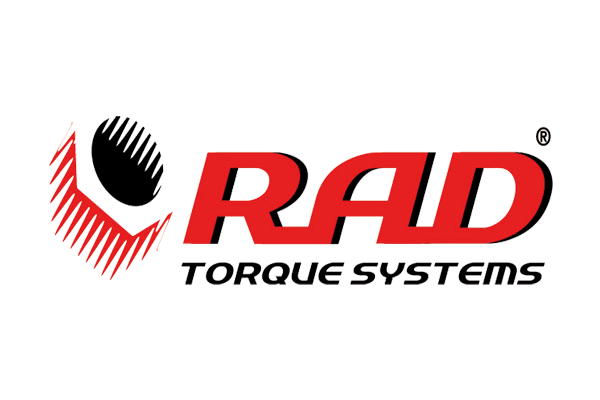4 Ways To Avoid Fatigue Failure in Your Welds
Welding is critical in constructing and fabricating a wide range of products and structures, from bridges and skyscrapers to cars and ships. However, fatigue failure is one of the most common and hazardous issues encountered in welded components. Fatigue failure occurs over time under the stress of repeated loading and unloading of materials, leading to cracks and ultimately catastrophic failure if not properly addressed.
Let’s look at four ways to avoid fatigue failure in your welds and ensure the longevity and safety of your structures.
Use High-Quality Materials
The quality of materials used in welding significantly impacts the welds’ overall integrity and durability. Using low-quality or inferior materials can lead to weak, brittle welds prone to fatigue failure. It is essential to use high-quality metals, filler rods, and welding electrodes specifically designed for welding and application. Investing in quality materials may cost more upfront but can save you from costly repairs or replacements.
Proper Weld Design
In addition to using high-quality materials, proper weld design is crucial in preventing fatigue failure. You should carefully plan out the layout and positioning of welds to distribute stress evenly across the welded components. Improper weld design, such as sharp changes in direction or excessive weld size, can create stress concentration points, leading to fatigue cracks. Consulting with a qualified welding engineer during the design phase can help ensure your welds are properly designed and executed.
Adequate Weld Preparation
Proper preparation of materials before welding is just as critical as the welding process itself. Inadequate cleaning, misalignment of parts, or improper fit-up can result in weak and uneven welds susceptible to fatigue failure. It is important to thoroughly clean and prepare the surfaces you need to weld, remove contaminants, and ensure proper joint alignment before welding.
Implement Quality Control Measures
Quality control measures throughout the welding process are vital in preventing fatigue failure. Regular inspections and non-destructive testing can help identify any defects or issues that may compromise the integrity of the welds. Following proper welding procedures and using qualified welders who have received adequate training and certification is important. You should also implement quality control measures during the material selection, design, and preparation stages to ensure that all aspects of the welding process are up to standard.
By following these four ways to avoid fatigue failure in your welds, you can ensure that your structures and products focus on durability, safety, and longevity. Investing time and resources into proper material selection, design, preparation, and quality control measures will prevent catastrophic failures and save you from costly repairs and replacements in the long run. Remember, a strong and reliable weld is crucial for any product’s or building’s structural integrity, so never overlook these important steps in the welding process.
If you need an automatic pipe spool welding machine, SEC Industrial is the leading welding equipment and services provider. Contact us today to learn more about our products and solutions. Through quality welding practices, we can build a safer, more durable future.









